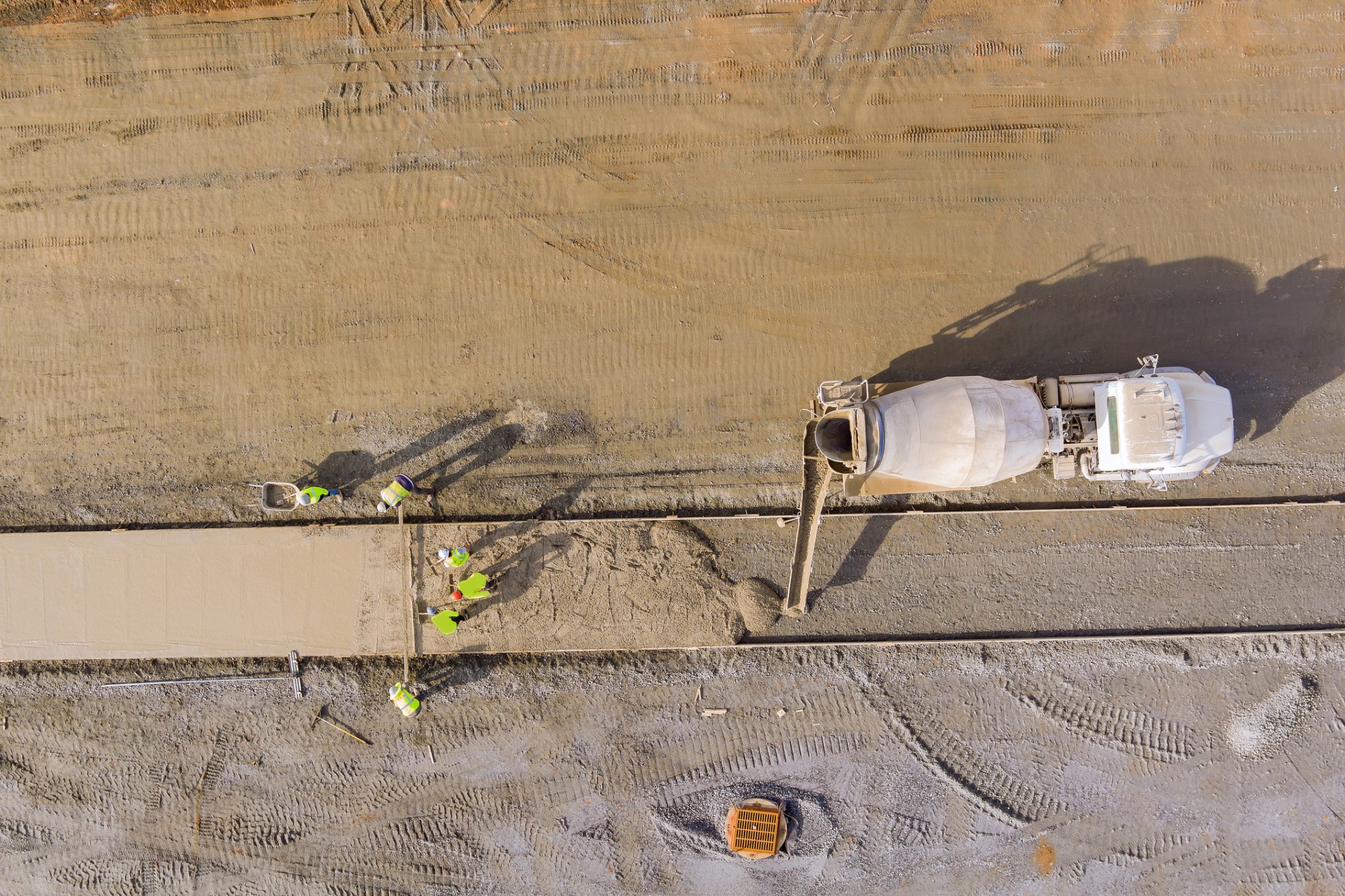Sarah Heincke, Jukka Maksimainen, Daniel Pacthod, Humayun Tai, Sebastian Reiter and Michel Van Hoey of McKinsey & Company explore how the recirculation of carbon dioxide, materials and minerals, and energy can add €110bn of annual net value gain to the built environment by 2050
Cement and concrete are the linchpins of the built environment. Its global demand has nearly tripled over the past 20 years. Yet despite cement’s ubiquity, its surrounding economy is a major contributor to global carbon dioxide emissions. Furthermore, 30% to 40% of today’s solid waste is created through the construction and maintenance of the built environment.
With a growing number of industries and sectors moving toward net zero emissions, a significant amount of value is at stake in cement. Combined, the total value at risk from carbon dioxide and landfill could reach approximately €210bn by 2050.
The demand for cement in the upcoming decades will likely remain consistent. Players across the built environment must act now and explore alternative options to decrease both costs and carbon dioxide emissions. Circular technologies, such as alternative fuels, carbon curing, recarbonation and carbon capture and storage (CCS), will be much more than niche solutions for decarbonising the built environment.
In fact, our research shows that they could help to decarbonise roughly 80% of total cement and concrete emissions by 2050.
How circularity can work in cement
The cement value chain is well positioned to create closed loops, or automatically regulated systems, for carbon dioxide, materials and minerals, and energy. Circularity can work jointly with reducing carbon emissions in cement production because circular technologies follow the paradigm of three crucial decarbonisation strategies: redesign, reduce and repurpose.
Moreover, our estimates show that increased adoption of circular technologies could be linked to the emergence of new financial net value pools, providing a new growth avenue for cement players that would otherwise face shrinking demand for their core business and significant external costs.
Based on the financial attractiveness of circular technologies in cement, there is significant potential for carbon dioxide abatement through circularity over the next 20 years. In fact, our estimates show that roughly two billion metric tonnes of carbon dioxide emissions could be avoided or mitigated through the application of these technologies by 2050.
External factors, especially carbon dioxide prices, decarbonisation subsidies and costs of landfill, can also potentially accelerate the time it takes to unlock the value of circular technologies.
These regional cost differences illustrate the importance and impact of regulatory frameworks, which can facilitate circularity in the built environment from two angles: financial incentives and standardisation.
Seizing the opportunity presented by circular cement
Cement players and other ecosystem players should double down on circularity now to secure a stake in untapped value pools. Winning will require stakeholders to think along two dimensions: engaging in circular business building and using circular technologies to react to evolving financial risks.
Engage in circular business building
New business models for all players in the built environment are expected to evolve from actions that facilitate circularity along the value chain, as well as actions that deliver the value of circularity to consumers.
Consider recycling, repairing, or supply chain services
Construction companies, waste providers, new players and building materials manufacturers alike can consider digital marketplaces for waste materials.
Pursue new opportunities for building green businesses
Increasing customer centricity will likely create new opportunities. For example, a growing number of people are increasingly interested in affordable housing or structures that have “housing flexibility,” which allows residents to participate in the design of their homes.
Build new business models related to carbon dioxide offtake
Reducing carbon dioxide emissions while creating value pools can be accomplished by exploring carbon dioxide offtake opportunities in other industries. Captured and concentrated carbon dioxide can be transported – by pipeline or by trucks – to places where it can be used as an input.
Use circular technologies to react to the evolving financial risks
Given local and strategic constraints, different stakeholders will have different approaches to adopting and implementing circular technologies to respond to risks in the built environment.
Build a cost-benefit position with existing carbon dioxide prices, landfill costs and regulatory frameworks
Individually assessing externalities and selecting the most beneficial technologies by region and location of plants will secure a cost-benefit position.
Determine if sufficient waste material for recirculation is available and accessible
In terms of accessibility, circularity is already feasible in developed countries and could be in other parts of the world by 2050.
Ensure offtake agreements for circular products
Offtake agreements for low-carbon building materials will likely soon become available across the world.
In the long term, new value pools could arise by shifting from selling cement not as a material but as a sustainable solution and service. This approach requires a customer-centric posture to explore new opportunities for green-business building, especially as builders and homeowners increasingly request sustainable, affordable, durable and flexible structures rather than focusing on cement and concrete as a standard material.
Please find the full article here.
Sarah Heincke, Jukka Maksimainen, Daniel Pacthod, Humayun Tai, Sebastian Reiter and Michel Van Hoey
McKinsey & Company














